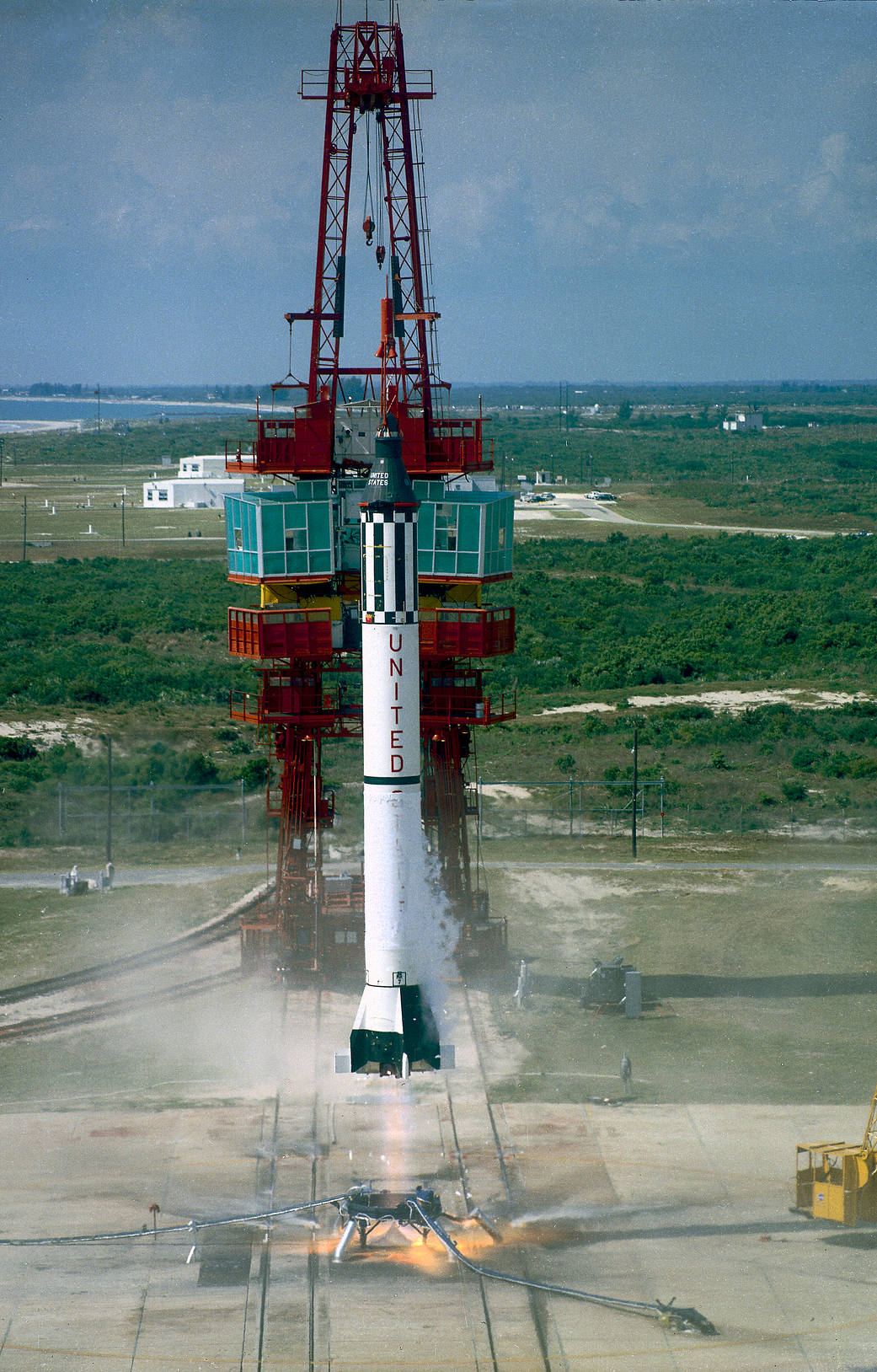This week in 1961, astronaut Alan Shepard lifted off in the Freedom 7 spacecraft from Cape Canaveral, Florida, embarking on the first crewed space mission for the United States. It was the fourth flight of the Mercury-Redstone rocket, developed at NASA’s Marshall Space Flight Center. During the 15-minute suborbital flight, Shepard reached an altitude of 115 miles and traveled 302 miles. This year marks the 60th anniversary of the first crewed Project Mercury flight. Today, Marshall is playing a vital role in the Artemis program by developing the Space Launch System, the backbone of NASA’s exploration plans and the only rocket capable of sending humans to the Moon and Mars. The NASA History Program is responsible for generating, disseminating, and preserving NASA’s remarkable history and providing a comprehensive understanding of the institutional, cultural, social, political, economic, technological, and scientific aspects of NASA’s activities in aeronautics and space. For more pictures like this one and to connect to NASA’s history, visit the Marshall History Program’s webpage.
1 min read




























